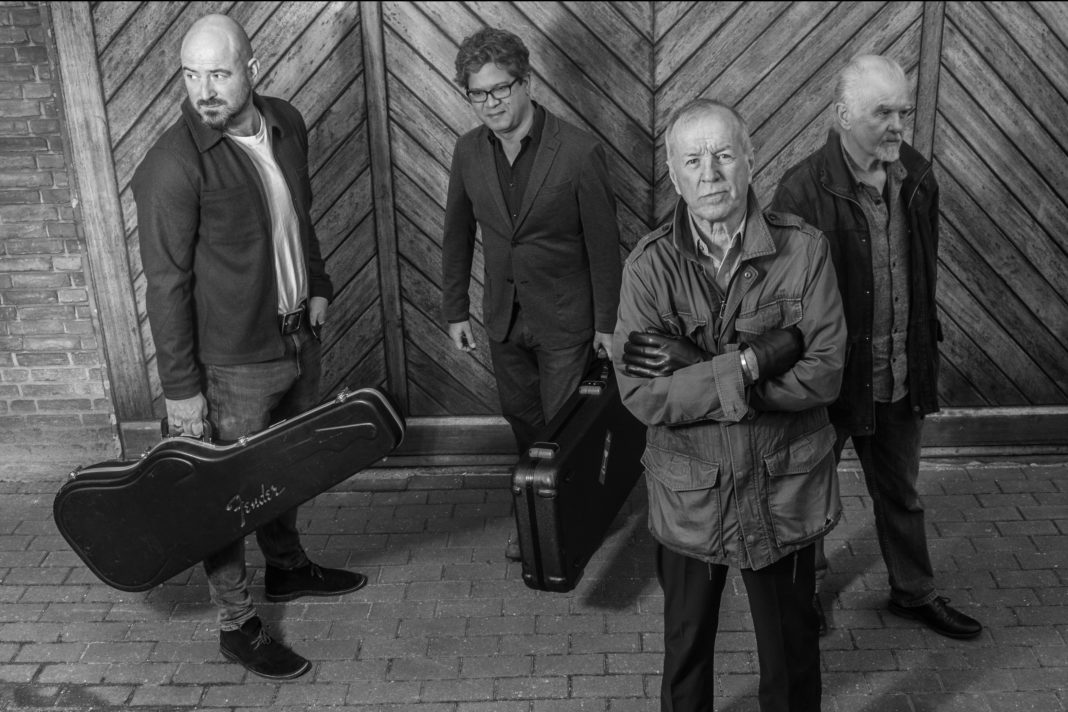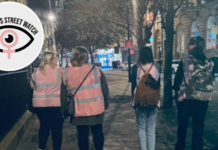It’s hard to overstate quite how massive R&B rockers The Animals were in the mid-1960s. And that torch is being kept lit to this day.
Amazingly, drummer and final remaining original band member John Steel is still smashing it on stage with the band’s current iteration at the age of 81. And in an exclusive interview with Newcastle Magazine, he explains how they went from conquering Newcastle to the whole world.
It’s the height of summer in August 1963, and John Steel is taking a stroll down Northumberland Street in Newcastle upon Tyne. Today appears to be like any other for the young man, but his life is about to change beyond all recognition.
Walking towards him is his former bandmate Chas Chandler, who would later become Jimi Hendrix’s manager. But none of that has happened yet; Chas at this point is just gigging with another group in the north-east of England. “Johnny! Just the man,” he says out loud. The talent has a job proposition for John, but it actually represents a small pay cut from his current salary.
John had been cutting his teeth in the worlds of jazz, blues and rock n roll for several years by this point. He’d recently nabbed a lucrative job playing in a cocktail jazz trio at Emerson’s: Newcastle’s very first steak house. And the young upstart was earning a pretty penny there, making £15 a week.
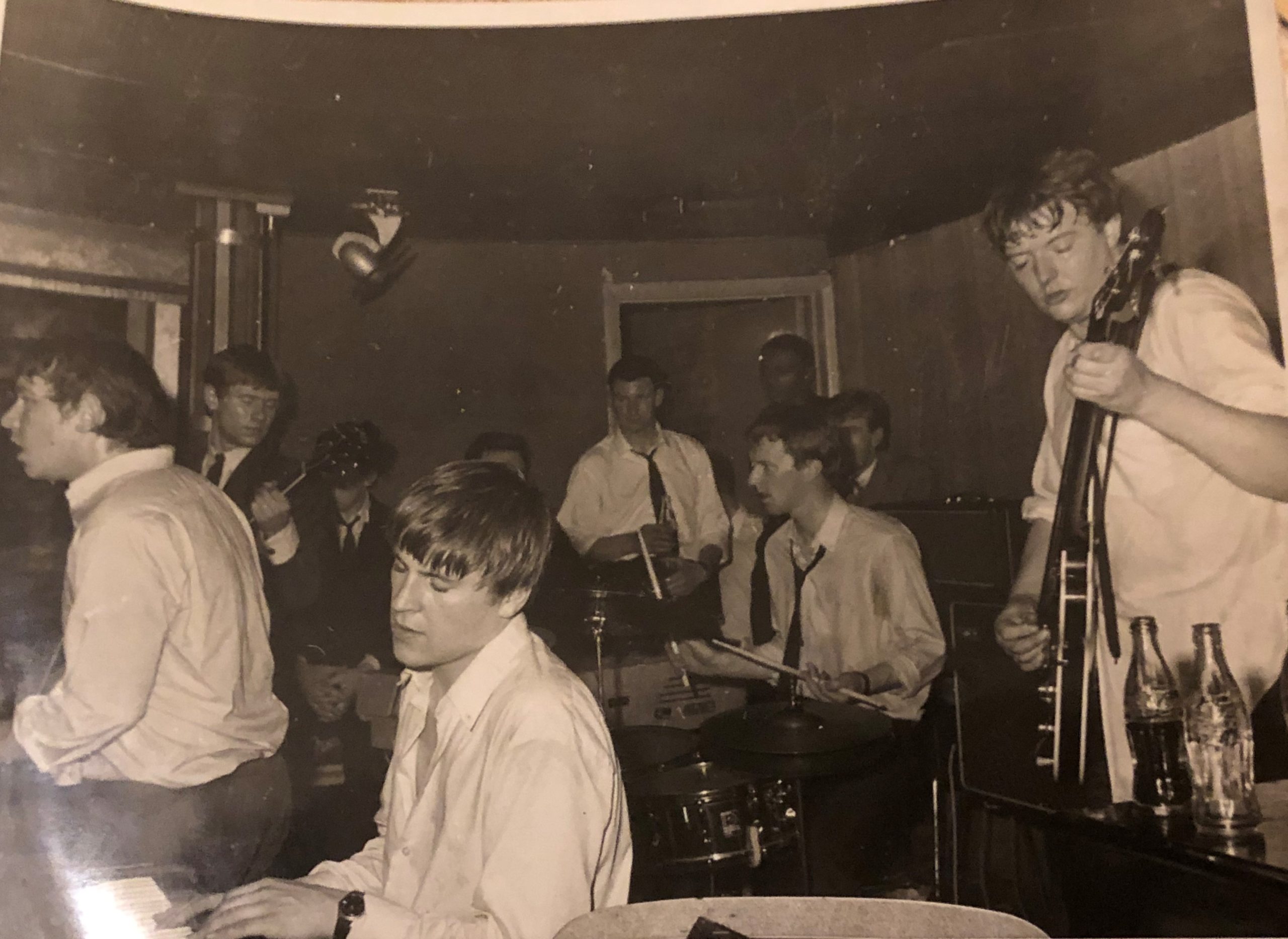
“There were three of us with bowties on, you know, playing ‘Fly Me to the Moon’ and stuff like that,” John chuckled as he explained to Consett Magazine.
“It was pretty good, I became professional, I didn’t have to have a daytime job or anything. So, I was completely below the radar of what was going on, what we’d previously been involved in, with the rock n roll and jazz and stuff like that.”
John’s love for jazz and blues had really taken off when he was only 11 years old. It’s at that point when the young boy had first become enchanted by this exciting new music from across the Atlantic while attending Gateshead Grammar School. While there, a few older pupils had taken him under their wing and introduced John to it. And it wasn’t long before he was attending his very first gig: Mick Mulligan and his Jazz Band with George Melly at Newcastle City Hall.
But the teenager wasn’t “content with just listening” to the music. So, using his pocket money, John took a trip to Maxi Shore’s music shop in the Grainger Market and bought a second-hand silver cornet – a trumpet-like instrument – for ten shillings.
John later attended the Newcastle College of Art and Industrial Design, and it’s here where he made another friend who would indelibly change his life. Future Animals frontman Eric Burdon was also studying there, and the two became friends in their first year at the college.
John explained:
“I was quickly influenced by modern jazz, [as] some of the older students were into the more recent form. So, I picked up on Charlie Parker, Thelonious Monk, Miles Davis… It was just a whole new world. But I didn’t drop my affection for the older form of jazz.”
“But I really enthusiastically adopted this modern jazz that I hadn’t explored at all,” John continued. “So yeah, that changed my direction a bit. At the same as that was happening, rock n roll was coming through, too. That replaced jazz as the dance music for teenagers, and Eric and me very quickly formed a band called The Pagans. And that was the foundation of what became The Animals.”
Nowadays, we all know John as the drummer in the chart-topping British invasion band. Though at this point and for several years after, he actually played the trumpet for a number of other smaller groups.
Nevertheless, John subsequently quit college after a three-year spell and in 1959 moved to St. Albans, where he took a job doing technical drawings at the de Havilland aircraft plant. But music would soon come calling again for the young man.
“I thought: ‘To hell with this, I wanna get back to Newcastle,’” John said. “We had a lively music scene at the time in Newcastle, I loved it. You know, it was just… [I felt that] I needed to be playing in a band, not just watching other people [doing it].”
John continued: “I got back and hooked up with Eric again, and by this time we’d met Alan Price and got him into the band. We were on the cusp between jazz and rock n roll. That’s when I had the trumpet and Eric had a trombone. Well, he had a trombone, but he couldn’t play it! [laughs]”
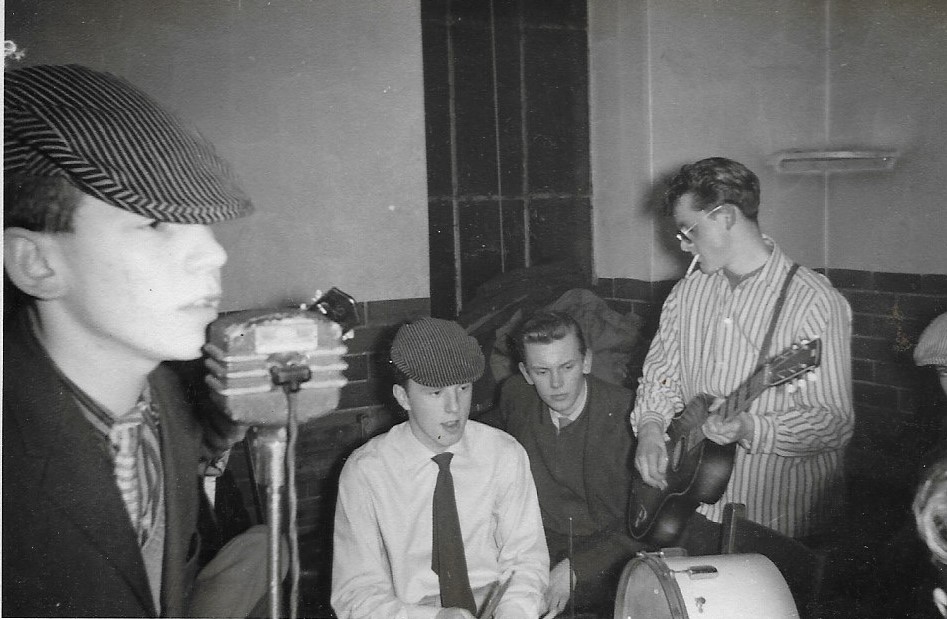
“There was a guy on banjo and another on drums, which was basically just a snare drum and a hi hat,” John went on. “And Eric said: ‘Nah I don’t wanna do this anymore. I want to sing!’”
“We all went: ‘Okay!’ And then the banjo player said: ‘I’ll play electric guitar!’ These were just becoming the very thing to do. So, he switched from banjo to electric guitar, and the drummer Alan Sanderson said: ‘I fancy playing electric bass!’ Because that was another brand-new instrument, you know. So, I said: ‘Okay, well, I’ll play drums then!’”
This chopping and changing continued for the young men, as the band underwent a number of iterations. What had started off as the Pagan Jazz Men then morphed into The Pagans. The band then reformed as The Kansas City Five, which consisted of John on drums, Alan Price playing the keyboard, Eric Burdon singing, Geoff Hedly on tenor “and anyone who could play bass”. Though that would soon become the Kansas City Seven when two Ghanaian musicians joined the band – Danny Okpoti on alto and Pat Odoi on sax.
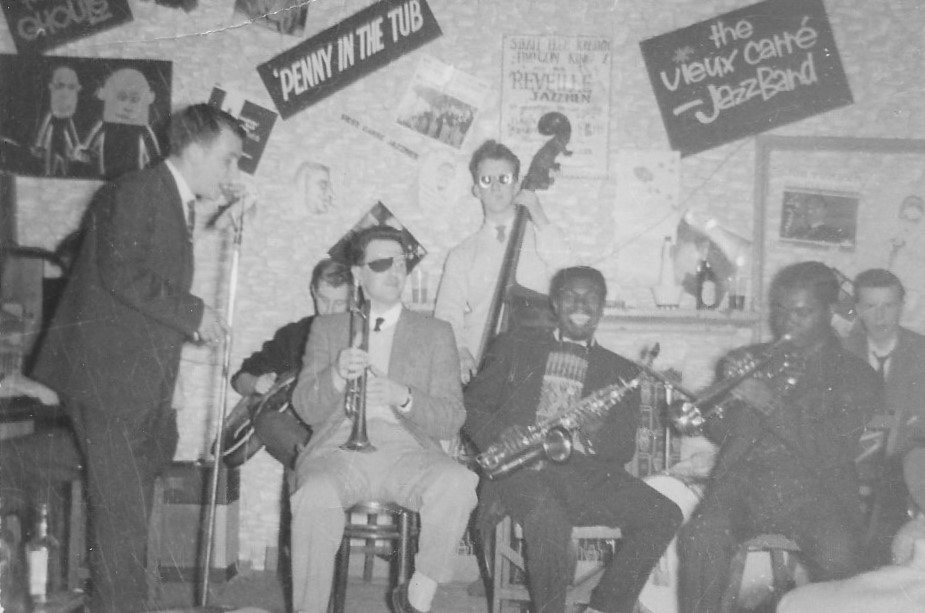
One club which really captured the zeitgeist of the swinging ‘60s was The Downbeat, a Newcastle haunt frequented by the city’s bohemians and beatniks.
The Animals’ future manager Mike Jeffrey owned the joint, and he formed The University Jazz Club, which John claimed “wasn’t anything to do with university”, and more about getting students “to come and see live music”.
Mike then took over a disused warehouse on the corner of Carliol Square – next to Manors Metro station – and he began putting on all-nighter events there.
John and co gigged at the venue every Friday, and one night an unexpected turn of events would change the trajectories of all the guys who played in the band.
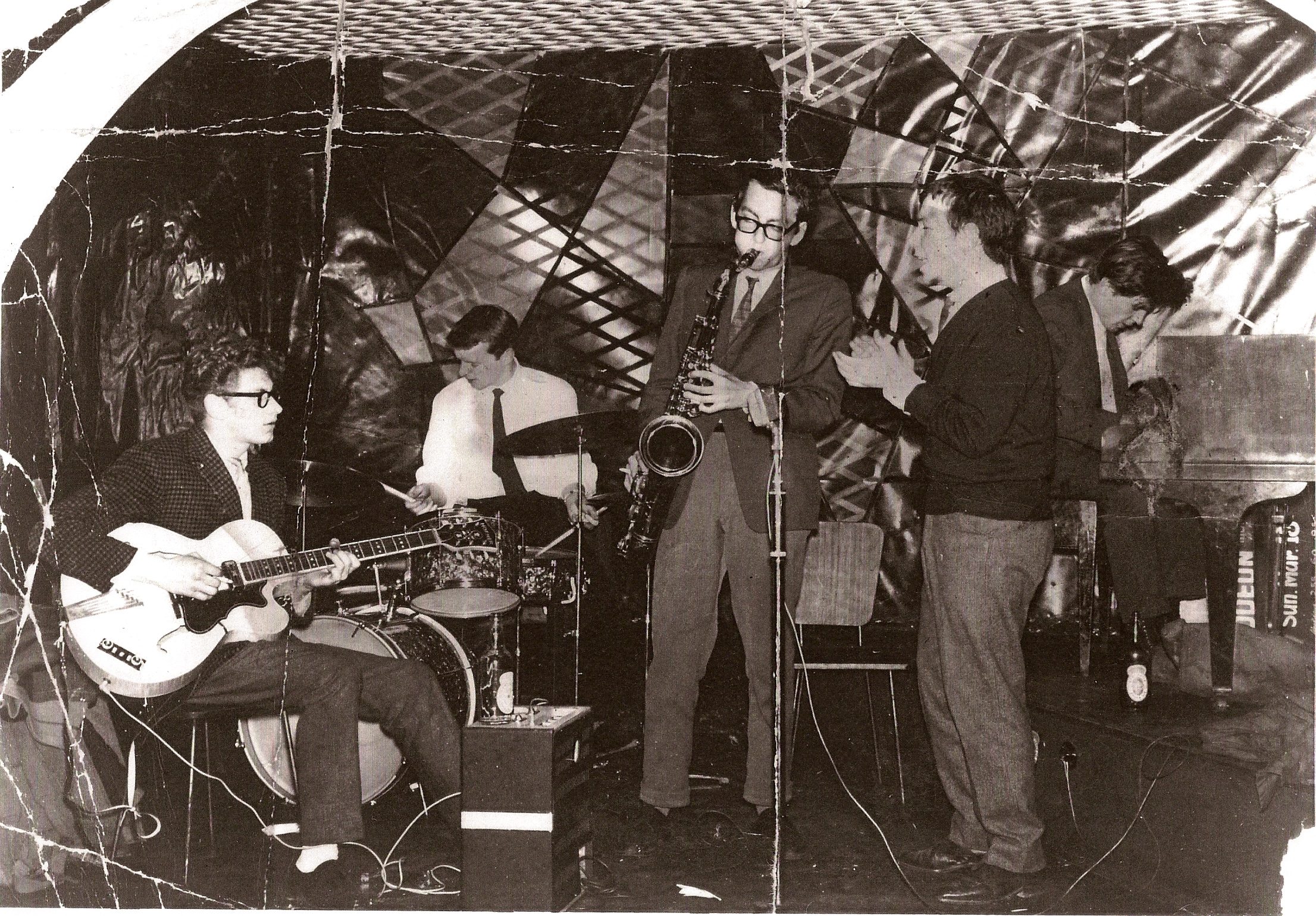
Alan Price had gone AWOL just before the men were set to play, and they soon discovered that he’d joined another band: The Contours. Chas Chandler – who would soon provide an exciting proposition for John on Northumberland Street – was playing bass in the same outfit.
Alas, that group wasn’t to last, and soon Alan, Eric Burdon and Chas formed a splinter band called The Alan Price Rhythm and Blues Combo. This time, the guys really hit it off, and they soon began playing several times a week at Newcastle’s premiere music venue in the early 1960s: the Club a Go-Go on Percy Street. They were also gigging at The Downbeat – another swinging spot for the city’s mods.
And it’s here that we return to John and Chas, on that fateful day on Northumberland Street in 1963.
Things were going well for Chas and the other guys, but one serious problem remained. He told John: “The thing is, this drummer is getting on everyone’s nerves. Do you fancy coming in with us?”
John explained: “I said: ‘Ah, I love the idea, Chas. But I’ve got a steady job in this restaurant. And I’m earning £15 a week.’ He responded: ‘Bloody hell. We’re getting £14 a week doing what we’re doing.’ I said: ‘You’re kidding?!’ He answered: ‘Nah, nah, we’re doing well!’ So, I said: ‘Yeah! That’ll do me!’ I went: ‘Look, I’ve got a holiday booked, so I’ll be free from September 1st.’ And he said: ‘Deal done.’”
John was in for a baptism of fire upon his return from holiday, though. Forget rehearsals; he went straight to The Downbeat with his kit and met another new addition to the band: Hilton Valentine. John was told: “This is the guitarist by the way, he’s just starting tonight as well [laughs]. Here we go!”
That gig at The Downbeat held another special significance, too. It was the first time that the five men who would soon become The Animals played on stage together.
Though it’s at the Club a Go-Go where the band’s fortune would be truly crystalised. They soon began supporting the likes of John Lee Hooker and Sonny Boy Williamson, and attention was turning to these pioneering north-east upstarts.
One night, John and the band were backing a jazz/R&B outfit called the Graham Bond Organisation – headed by its eponymous frontman. Graham liked what he heard and asked if he could join the guys on stage for a few tunes.
John explained: “Graham collared Mike Jeffry and said: ‘You should get these guys down to London pretty sharpish.’ This was still 1963, like December. He said: ‘I can introduce you to some people.’ So, Mike took off down to London and Graham introduced him to two important connections.”
These were Irish businessman Ronan O’Rahilly – best known for creating the offshore station Radio
Caroline – and Georgia-born music manager Giorgio Gomelsky, who’d just finished a stint managing the Rolling Stones and was moving onto a new outfit called the Yardbirds.
“Anyway, we were in the Go-Go at this night, and Mike Jeffries rocks up,” John went on. “And he says: ‘Right, I’ve got a deal.’ We’d do this thing that Graham had set up with Giorgio Gomelsky. He said: ‘The Yardbirds are gonna come up here and do your gigs. And you’re going to go down there and do all their gigs [laughs]. It would be for about 10 days to a fortnight. And we thought: ‘Cool, yeah!’ And he said: ‘Oh and by the way. Graham had a suggestion for a name, because the Alan Price Rhythm and Blues Combo is just not gonna work.’”
John went on: “By this time the Beatles were tearing it up all over the world. Anyway, he said: ‘You’re going to be called The Animals.’ And it sounded outrageous at the time. ‘The Animals?! What the hell is that about?’ Well, we said: ‘Yeah, okay, fine!’ All except Alan, who didn’t like having his name taken off the title [laughs].”
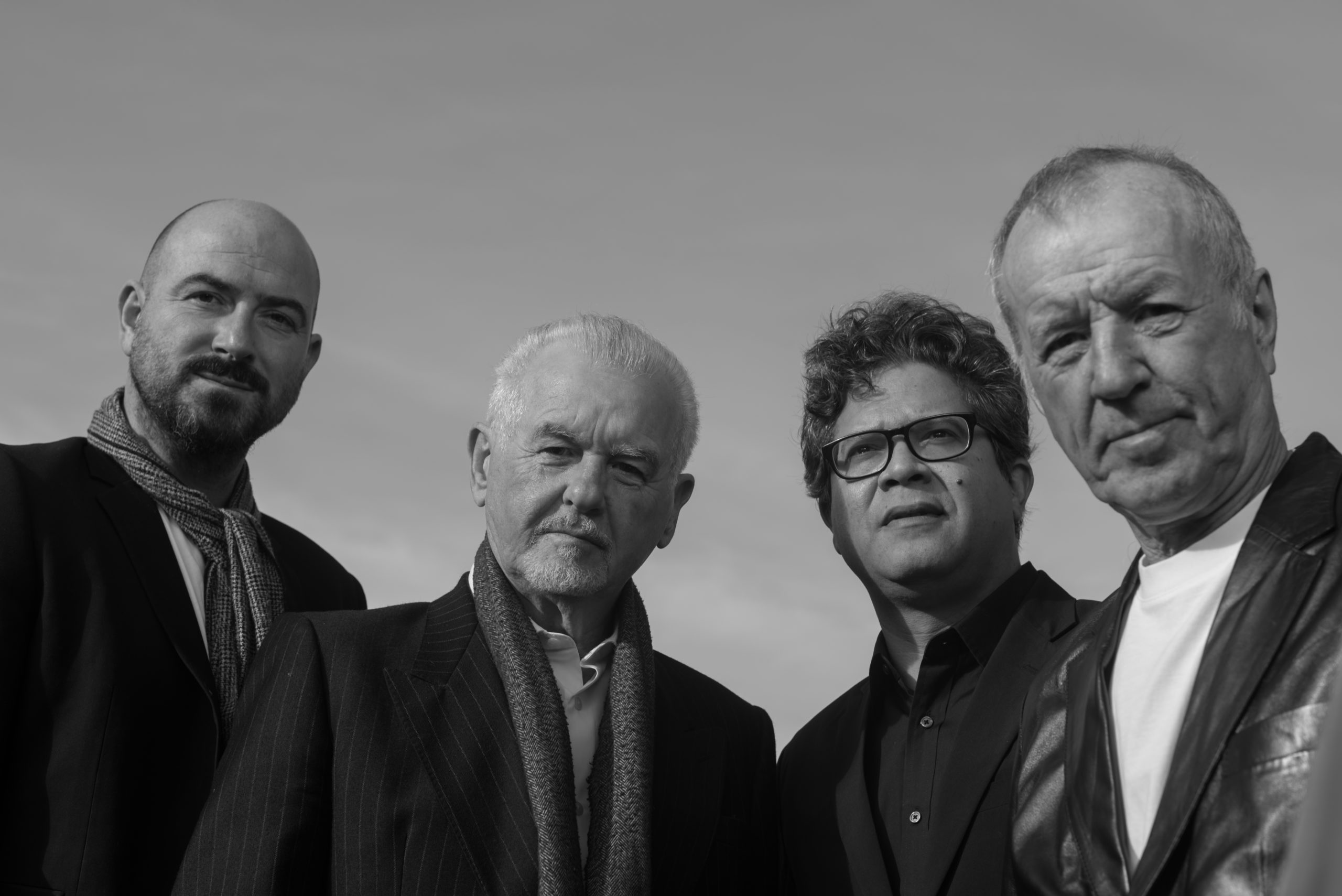
Either way, The Animals set up shop in London after a successful tour of gigs, and soon found themselves performing at a show on Eel Pie Island on the River Thames. Watching the boys play were two “suits” who stuck out among the student crowd: record producer Mickie Most and future Led Zeppelin manager Peter Grant.
Peter loved what he heard, and within a few months had a record deal signed with The Animals. Before they knew it, the guys were recording their first single and in May 1964 embarked on a country-wide sell-out tour with Chuck Berry.
But what about the song which made The Animals household names? You know the one we’re talking about!
Unsurprisingly, John remembers it fondly. He explained: “We’d always been interested in what Bob Dylan had been doing ever since his first album. It was all acoustic stuff until then. The outstanding track on his first album was ‘House of the Rising Sun’. So, we started to kick around with that number, and played it with electronic instruments.
“When we got signed up for the Chuck Berry tour, Carl Purkens was also on, the guy who wrote ‘Blue Suede Shoes’, which Elvis Presley had a massive hit with, and there were a couple of other bands [with us] …”
John went on: “So, Chas very astutely said: ‘You know, everybody is gonna be playing rock n roll. And ‘House of the Rising Sun’ is going to be a complete contrast to anything anybody is doing on that tour. We should make sure we do that.” And we said: ‘You’re absolutely right, yeah.”
“You could sense there was something special about the song when we played it to an enthusiastic audience. So, in the middle of the tour… we had a session booked that Mickie Most had us do, a sort of play-out track for Ready Steady Go! which was a very important TV show at that time.”
“So, we did our spot at the Liverpool Odeon, and we took off down the only motorway in the country at the time, which was the M1. We got to London and went to the… De Lane Lea Studios. It was only a basement… and a single-track studio.”
John went on: “We trooped in, set up and played a few bars for the engineer to get the sound balance. By this time, we thought we’d do the Ready Steady Go! thing afterwards, but let’s get this number down. So, we played through “House of the Rising Sun” once, just once. Mickey then said: ‘Come in and listen to this, please.’ So, we trooped into the control room and the engineer played it back. Mickey then said: ‘Now, that’s a hit single.’”
But there was a problem: the recording was four minutes and 35 seconds long – almost twice as long as the average record you’d get on the radio.
“The engineer said: ‘You’ll never get it played on the BBC,’ John explained. “And Mickey, these are his exact words, he said: ‘To hell with that. We’re in the vinyl age now!’ So, he said: ‘We’ll go with it.’”
Sure enough, the BBC wouldn’t touch “House of the Rising Sun”, though any doubts the broadcaster had harboured would go up in a puff of smoke after The Animals performed the song live on Ready Steady Go!
John went on:
“We got on there and played live, and that just took off. The record started going up the charts, until we got to number one. The BBC realised they had to play it. Once it got into the top 20, they had to play it. And within a couple of weeks, it was number one.”
“We had changed the industry by making the single longer than two and a half minutes. Later on, we also found out that we’d also influenced Bob Dylan, because he heard our version on his car radio, and it was the lightbulb moment when he decided to go into the studio and work with electrical instruments…”
Indeed, “House of the Rising Sun” was a revolutionary single. The origin of the song itself is debated to this day, but The Animals’ gritty rendition of the tune turned it into a number one single in Britain, America and Canada.
Considered by several musicologists to be the first “folk-rock” song, the single is widely believed to be one of the greatest songs of all time and it unquestionably changed the world of music forever. Not bad for a couple of working-class kids from the north-east, eh?
John said: “We had a gig at the Mayfair in Newcastle shortly afterwards… and we arrived in Newcastle Central Station by train. We came out and it was madness, there were thousands of screaming girls, it was mental [laughs]. Eric [Burdon] turned around and ran back into the station and hopped on to the coast train to his parents’ house in Walker!”
But life was about to become even more surreal when John and the lads hot-footed it to America. In October 1964 they were invited to appear on the Ed Sullivan Show, the same programme watched by 73 million viewers just months earlier when the Beatles performed.
The lads stepped off the plane at JFK Airport and straight in a press conference, with masses of people and flash cameras. The record company MGM had arranged Triumph Tiger sports cars for each band member, and inside each vehicle to welcome the men were beautiful six-foot models “dressed in fish-neat stockings, a tiger’s tail and stick-on whiskers”.
“Working class kids just didn’t get to go to America,” John continued. “And then all of a sudden we had a number one single over there and we’re flying off to start a week’s performing at the Paramount Theatre in Times Square!”
The Animals run of successful hits continued for another two years after this. For instance, 1965’s rendition of “We Gotta Get Out of This Place” was a smash hit which firmly defined the direction of rock n roll at that time. Rolling Stone lists it as one of The 500 Greatest Songs of all Time, and it became a soundtrack for American GIs fighting in the Vietnam War and a defining song of the 1960s.
Another hit from that year was “It’s My Life”, though it had nowhere near the impact of “House of the Rising Sun”. Also, internal pressures were having an impact on the band. The same year as “It’s My Life” was released, Alan Price quit and the group ended their association with Mickie Most.
The Animals then signed a contract with MGM, which released The Best of The Animals album in 1966. It was a roaring success in the US, but by this point John felt that he’d had enough.
He explained: “I just kind of had a period where I thought: ‘I can’t be doing this.’ We were badly managed, to be honest. We were run off our feet. And we didn’t realise until the band fell apart that all of the money had been stolen [laughs]. It was a bit of a weird time. I was just glad to call it a day. I’d been recently married and we had a child, and I just wanted some quiet time. So, I left London for the north-east.”
In 1966 the band was renamed Eric Burdon and the Animals not long after John’s departure, and they continued performing for another two years. The group then more or less dissolved in 1969 when Eric began working with the band War.
That same year, John hooked up again with his old friend Chas Chandler, the very person who had joined him on that journey to the stratosphere years earlier.
For nearly ten years, the two men managed a number of bands together in London – including Slade, who John says they took from “nowhere to being the monsters of the glam rock period”.
The Animals’ original line-up did reform and work together several times, too. They did a benefit concert in 1968 and reformed in 1975 to record again. Then in 1977 they released another album: Before We Were So Rudely Interrupted.
The five men reunited again in 1983 to do a world tour and released the album Ark, though this and the offerings before it in the 1970s failed to match the success of their mid-1960s heyday.
In the 1990s and 2000s a number of different groups formed and performed under The Animals name, with different members of the band from previous times playing in a number of groups. Sadly, original band members Chas Chandler and Hilton Valentine passed away in 1996 and 2021, respectively.
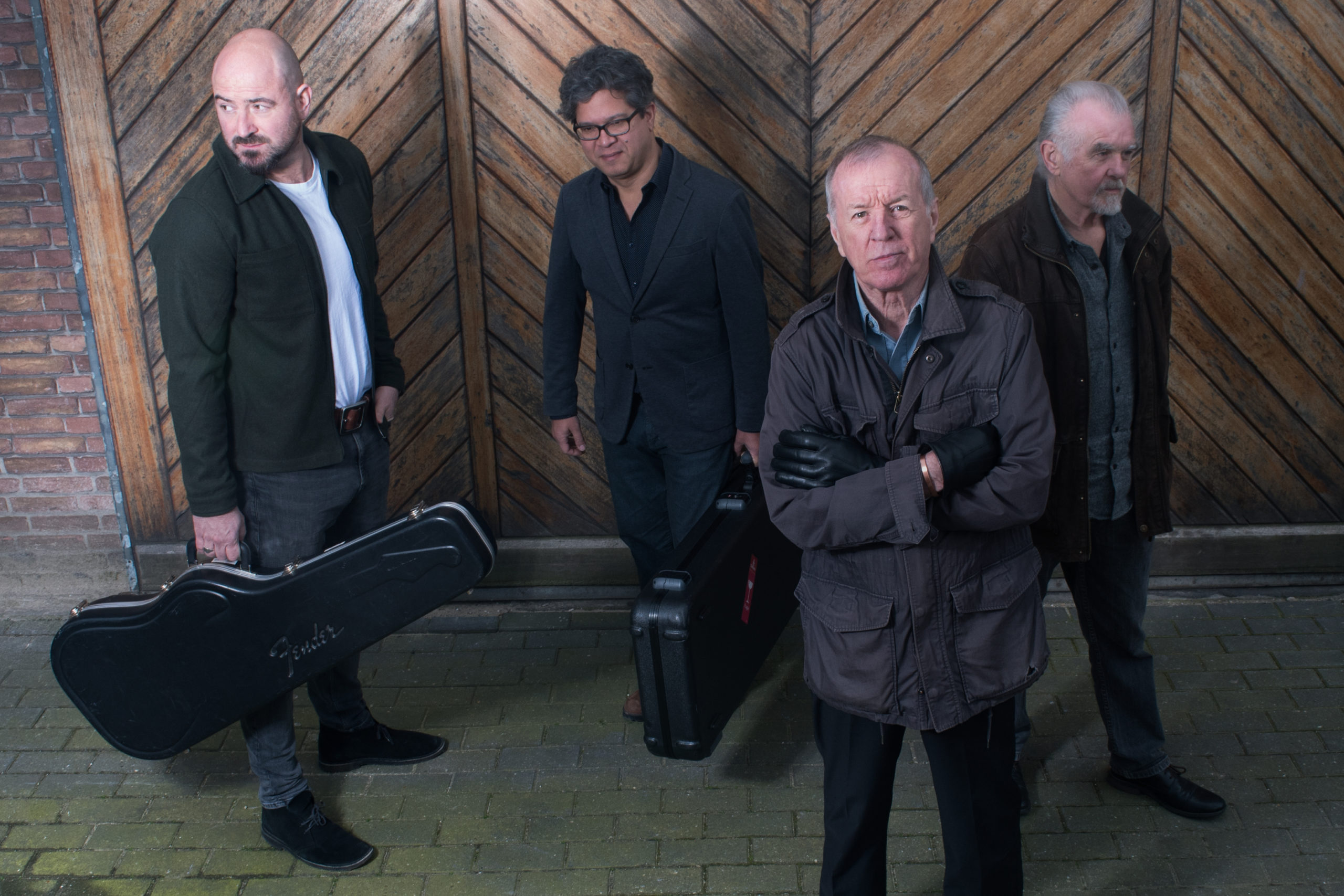
For his part, John has been drumming for various iterations of elements of the original line-up since 1993. Now living near Rothbury in Northumberland, he is still gigging to this day with The Animals.
In fact, before our chat, the Geordie rocker had just come off a marathon 11 gigs in 16 days in six different countries. And he shows no sign of quitting.
“This is the first serious bit of work we’ve been able to do since the lockdown started, so it’s great to be back on the road again,” John said.
And how does it feel still being on stage nearly 60 years after first making it big? “Ah, it’s really good. It’s a lot of fun. I just enjoy it and I’m so lucky to be able to do this at my age. I’m still gagging to gig. It’s a lot of fun on the road, there’s a lot of banter.”
John went on: “We’ve got a really good front man, lead guitar, [he’s] excellent. I mean if there’s ever any doubts in anybody’s mind when we walk on stage, within the first couple of numbers you can see people relax and think: ‘This will do. This is good [laughs].’”
—-NEWCASTLE MAGAZINE FINAL THOUGHTS—-
We’d like to say a very special thank you to John Steel of The Animals for giving Newcastle Magazine this exclusive interview. Adam thoroughly enjoyed conversing and discussing John’s journey from Newcastle lad to Global Rockstar.
For now, ‘we gotta get out of this place’, but before we go:
Who would you like us to interview next?
Answer in comments below.

